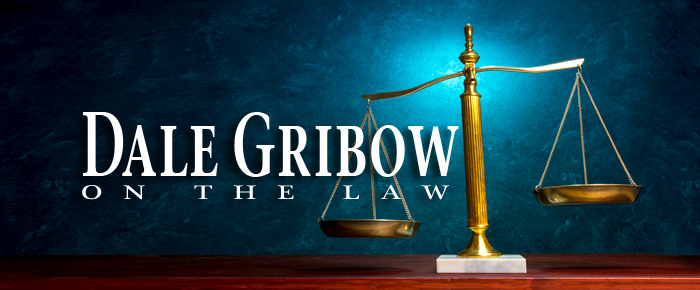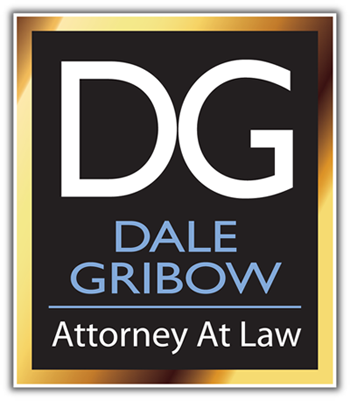
By Dale Gribow
1. You should not buy insurance coverage for the market value of your home. Instead buy coverage based on a home’s cost to reconstruct (materials and labor and not for the land).
2. Red cars do not cost more to insure but they do get pulled over more often because the red color attracts an officer’s eye to the car:
3. If you cause a serious crash your auto insurance company will not cancel you immediately and at worst must wait for the expiration date.
4. Small cars are the cheapest to insure.
5. Comprehensive auto insurance does not cover everything and anything and only covers narrow portions of possible problems, including car theft, storm/sand damage, animal collisions and vandalism.
6. Thieves do not prefer to steal new cars as it is more lucrative to steal old cars and sell them for parts.
7. If a friend borrows your car and crashes it, your insurance covers it, not the insurance for the driver of your car. Insurance follows the car not the driver.
8. Out-of-state speeding tickets follow you home. The DMV from another state notifies the California DMV and a point goes on your record.
9. California’s financial responsibility law specifies that the minimum insurance needed is $15,000/$30,000. This insurance limit covers the driver of the at-fault car for up to $15,000 for any one person, and $30,000 total for all the people in the other car, with no one person getting more than $15,000.
10. Someone who loans their car to another only has personal exposure for the $15k or the limits of their auto insurance.
11. If damages to the not at-fault driver are valued at more than $15,000, the at-fault driver (not owner) is still responsible for the additional amount. The innocent driver can decide not to accept the money and to sue, attach wages and assets, and can renew the judgment every 10 years. The only way to escape such a responsibility is to file for bankruptcy.
12. The best way to protect yourself from an auto accident is to purchase Uninsured Motorist (UM) coverage and Under Insured Motorist (UIM) coverage. They kick in when the at-fault driver has inadequate insurance. For example, if the at-fault driver has a $15,000 policy and your injuries are worth $100,000, you would make a claim against your own UIM policy for up to the amount your policy would cover for your damages (the difference between the policy amount of the at-fault driver and your maximum UIM policy amount). If the at-fault party has NO insurance, you would make a claim against your UM policy.
13. Some of us want higher limits of protection and unnecessarily purchase a $1,000,000 liability policy. A trick is to find out what limits your insurance company requires to allow you to purchase an UMBRELLA policy. For instance, I bought a $250,000/$500,000 auto policy and then purchased the $1,000,000 umbrella policy for a few hundred dollars a year. The umbrella policy only kicks in when there is not enough insurance.
DON’T DRINK AND DRIVE, CALL A TAXI OR UBER………IT IS A LOT CHEAPER THAN HAVING AN ARREST OR ACCIDENT AND CALLING ME ………SO DRIVE SOBER OR GET PULLED OVER
If you have any questions regarding this column or ideas for future columns please contact Dale Gribow 760-837-7500 or dale@dalegribowlaw.com.
DALE GRIBOW
TOP LAWYER – Palm Springs Life (DUI/ACCIDENT)2011-2017
AVVO Perfect 10.0 Peer Rating
TOP LAWYER Inland Empire Magazine Nov 2016
Legal Eagle “Best and Brightest Legal Minds” by Palm Springs Life- June 2016
“Top 100 Driving Under the Influence (DUI) Attorneys” in Southern California, (The National Advocacy for DUI attorneys in Southern California-Oct 2016).
“Preeminent” Rating- Martindale Hubbell Legal Directory
“Best Attorneys of America” Rue, (Limited to Top 100 Attorneys/State)
Weekly Legal Talk Show (ACCIDENTALLY YOURS) and Legal Columnist: LA and PS / Society Columnist Desert Sun












































